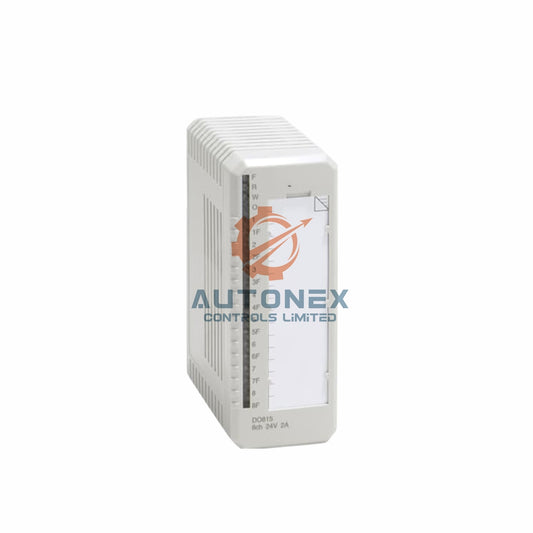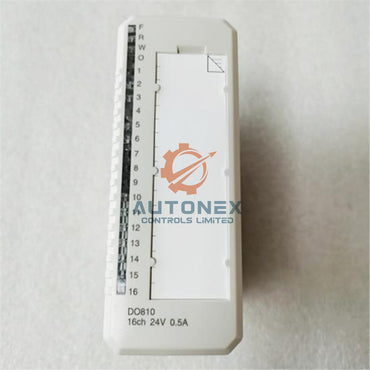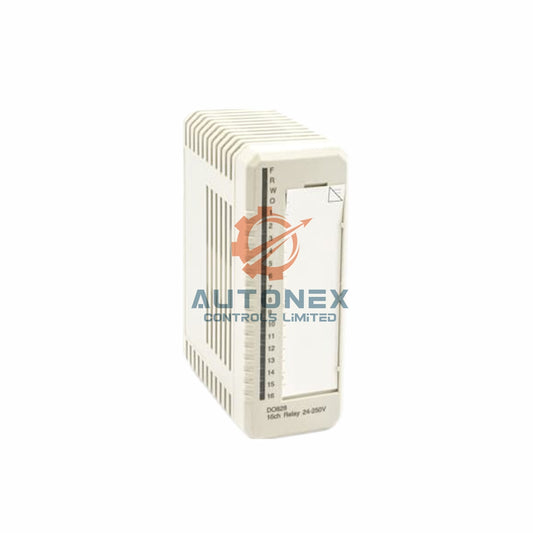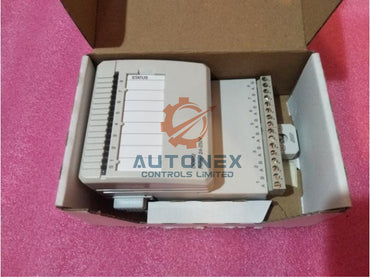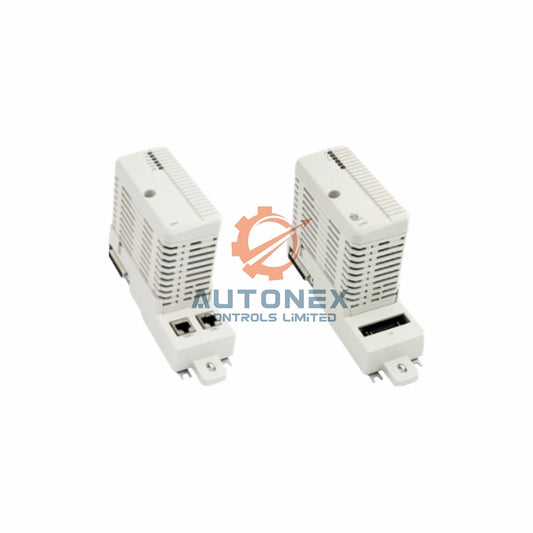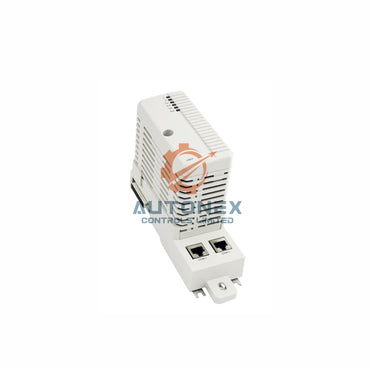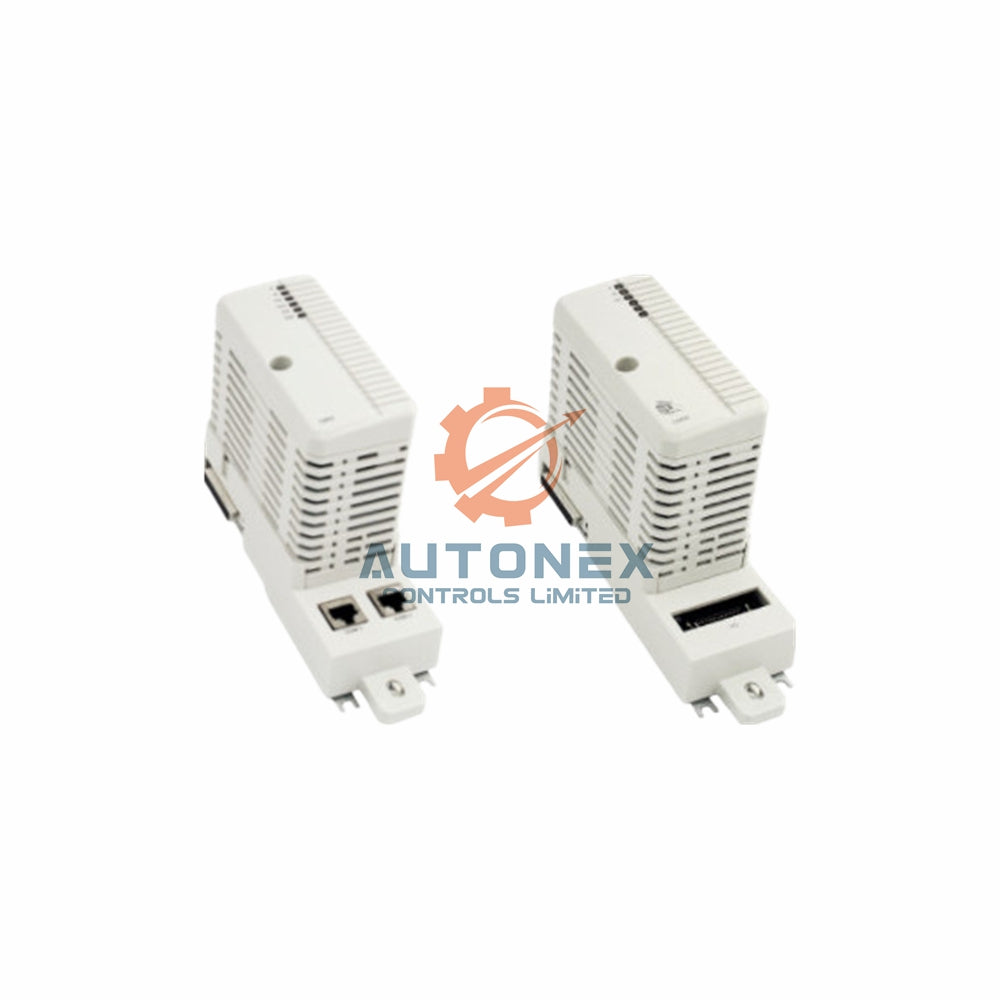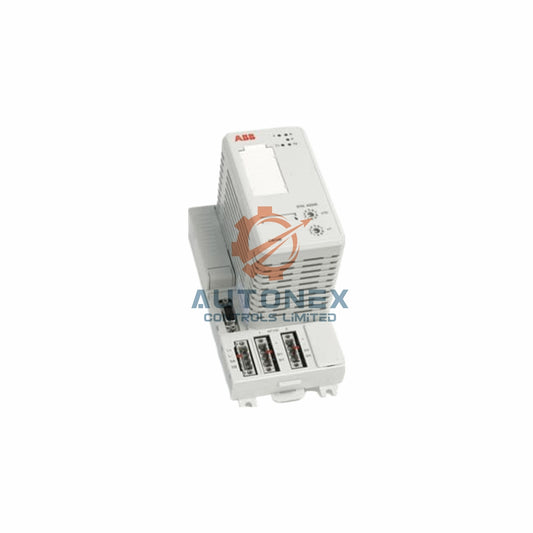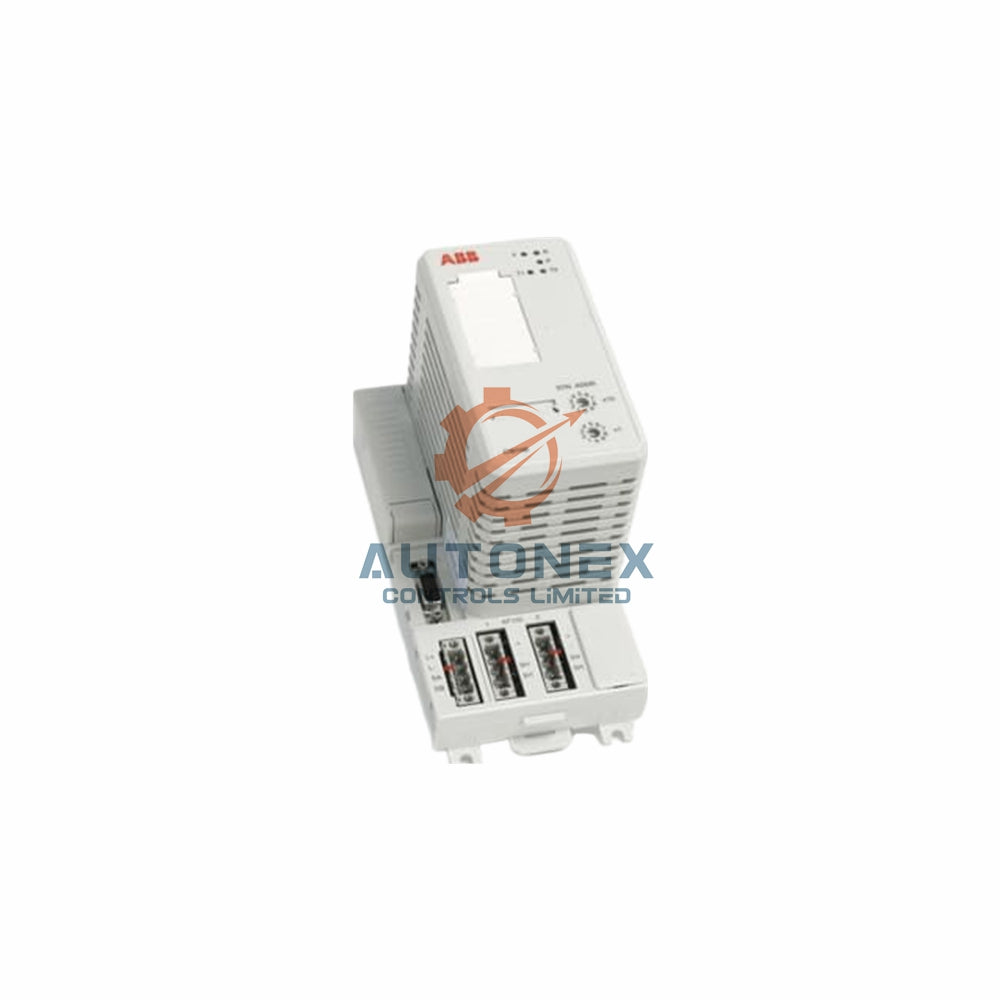Sinking vs. Sourcing: The Essential Guide to PLC Input Wiring
Have you ever connected a sensor to your PLC only to get no response or potentially damage equipment? You're not alone. The concepts of sinking and sourcing represent fundamental yet frequently misunderstood principles in industrial control systems. Proper understanding ensures correct wiring, prevents equipment damage, and eliminates frustrating troubleshooting sessions.
Current Flow Fundamentals: The Core Difference
Sinking and sourcing describe the direction of conventional current flow between field devices and PLC digital inputs. This distinction applies specifically to DC circuits and determines how you connect sensors, switches, and other input devices.
Sinking Configuration (NPN):
The field device controls the circuit by providing a path to ground. Current flows from the power source through the load into the device. Think of the device as "sinking" the current to ground.
Sourcing Configuration (PNP):
The field device provides the positive voltage to the circuit. Current flows from the device through the load to ground. The device effectively "sources" the current.

Visualizing the Electrical Pathways
Sourcing Input Circuit (PNP Sensor):
+24VDC → PNP Sensor → PLC Input → Common (0V)
Sinking Input Circuit (NPN Sensor):
+24VDC → PLC Input → NPN Sensor → Common (0V)
Identifying Your PLC Input Type: Practical Methods
Determining whether your PLC module is sinking or sourcing requires systematic investigation:
• Review manufacturer documentation for "sinking" or "sourcing" specifications
• Examine terminal block labeling - the common terminal connection reveals the type
• Analyze brand tendencies - Allen-Bradley often uses sinking, Siemens typically sourcing
• Use multimeter testing (qualified personnel only) to measure input behavior
Application Guidelines: Choosing the Right Configuration
Select Sourcing Inputs (PNP Sensors) When:
• Your sensors provide +24VDC output when activated
• Operating in North American or European facilities
• Preferring intuitive logic where voltage presence indicates true state
Choose Sinking Inputs (NPN Sensors) When:
• Your sensors provide a path to ground when activated
• Maintaining legacy systems or Asian-manufactured equipment
• Working in environments where NPN sensors are standard
Critical Installation Considerations
Avoid these common mistakes that cause system malfunctions:
• Never mix PNP and NPN devices on the same input module
• Remember DC wiring principles differ significantly from AC systems
• Always verify common terminal connections before powering circuits
• Implement proper isolation when using multiple power supplies
• Configure pull-up/down resistors appropriately for open-collector outputs
Comparative Analysis: Quick Reference Guide
Sourcing Input (PNP):
Current Direction: Sensor → PLC
Sensor Technology: PNP transistors
Common Connection: 0VDC reference
Regional Preference: North America, Europe
Sinking Input (NPN):
Current Direction: PLC → Sensor → Ground
Sensor Technology: NPN transistors
Common Connection: +24VDC supply
Regional Preference: Asia-Pacific regions

Real-World Application Scenarios
Case Study 1: Packaging Line Detection
A manufacturing plant uses PNP proximity sensors to detect metal containers on a conveyor. When a container passes, the sensor outputs +24VDC to a sinking PLC input. The common terminal connects to 0V, creating a complete circuit that registers as "ON" in the control logic.
Case Study 2: Bottling Plant Inspection
A beverage facility employs NPN photoelectric sensors to verify cap presence. When a bottle without a cap is detected, the sensor completes the path to ground through a sourcing PLC input. This current flow triggers the input, signaling the rejection mechanism.
Industry Perspective: Regional Standards Evolution
The historical divergence between PNP adoption in Western countries and NPN preference in Asia reflects different manufacturing traditions rather than technical superiority. However, global supply chain integration is gradually blurring these regional distinctions. Modern systems increasingly support both configurations through universal input modules.
Implementation Best Practices
Successful control system integration requires attention to these details:
• Document all I/O configurations in system drawings
• Standardize sensor types throughout each machine or process line
• Verify compatibility between new components and existing infrastructure
• Train maintenance personnel on configuration differences
• Keep spare sensors of both types for emergency troubleshooting
Frequently Asked Questions
Can I damage my PLC by wiring sinking devices to sourcing inputs?
Yes, incorrect wiring can potentially damage input circuits. Always verify compatibility before connecting devices.
Are there universal input modules that accept both types?
Many modern PLCs offer universal input cards that automatically detect and accommodate both sinking and sourcing devices.
Why do regional preferences for PNP vs NPN exist?
These preferences developed from different manufacturing traditions and component availability in various markets.
How can I convert between sinking and sourcing signals?
Interface relays or signal conditioning modules can convert between configurations when necessary.
Do these concepts apply to PLC output wiring as well?
Yes, sinking and sourcing principles apply equally to output circuits controlling actuators, valves, and other devices.
Check below popular items for more information in Autonexcontrol


